The best way to spend 2 weeks in Sri Lanka
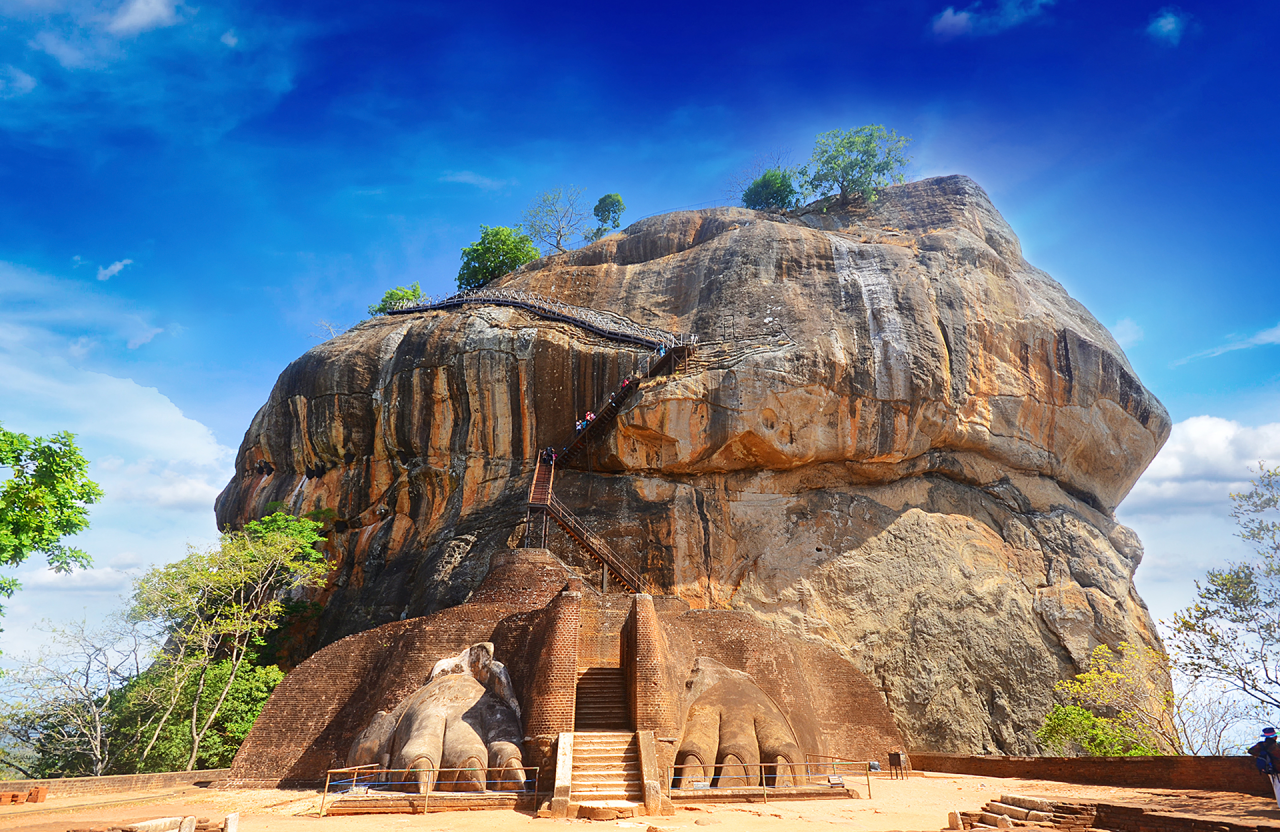
Beaches stretch for miles on end; rolling green hills house lush tea plantations; tropical birds, elephants and leopards prowl the bountiful grounds of wildlife-packed national parks. For years, Sri Lanka has been attracting visitors with its blissfully warm weather, welcoming people, ancient Buddhist sites and splendid Hindu temples.
Despite its small land mass, Sri Lanka is a mighty destination filled with irresistible charm. September Withers is your guide for spending the perfect two weeks exploring all the country has to offer...
Please note: Self-driving is possible in Sri Lanka but it is far more common to hire a car and driver. Having a car is essential for this trip.
Day 1 and 2: Colombo
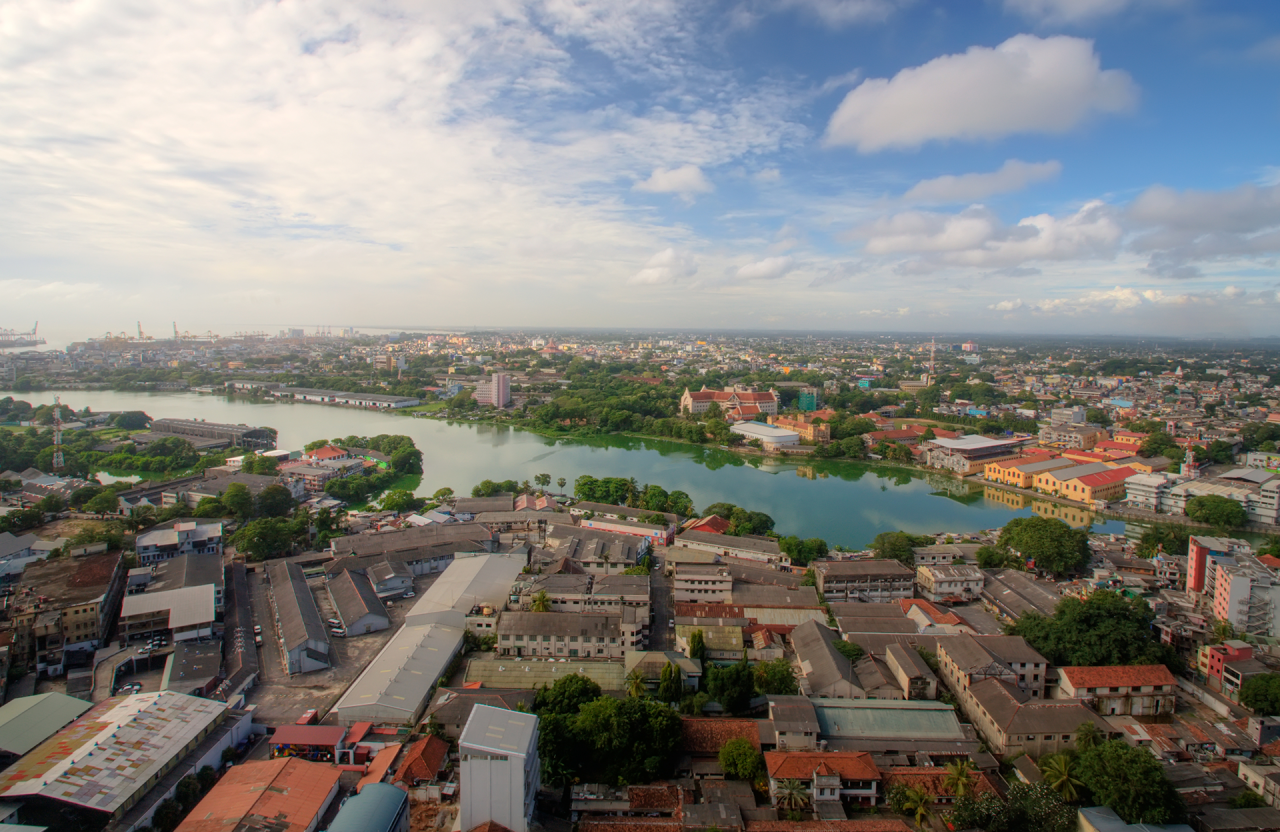
Colombo is Sri Lanka’s buzzing capital city and the gateway to the rest of the island. Though many travellers rush through Colombo, it is in fact a haven for culture and history lovers. Awash with vibrant colours, noisy tuk tuks and beautiful temples, there is much to see, do and eat here.
Firstly, food: the Old Dutch Hospital is one of the oldest structures in the historic Colombo Fort area and has been restored into an attractive shopping and eating precinct with outdoor seating. The Colombo Fort Café, Ministry of Crab (highlights include the traditional chilli crab and pepper crab) and the Heladiv Tea Club all offer unique places to relax and sample local delicacies.
Nearby, along the oceanfront, lies Sambodhi Chaitya, a unique dagoba (a dome-shaped Buddhist shrine) balanced on stilts, which offers fantastic views of the harbor and provides the ultimate moment of mindfulness.
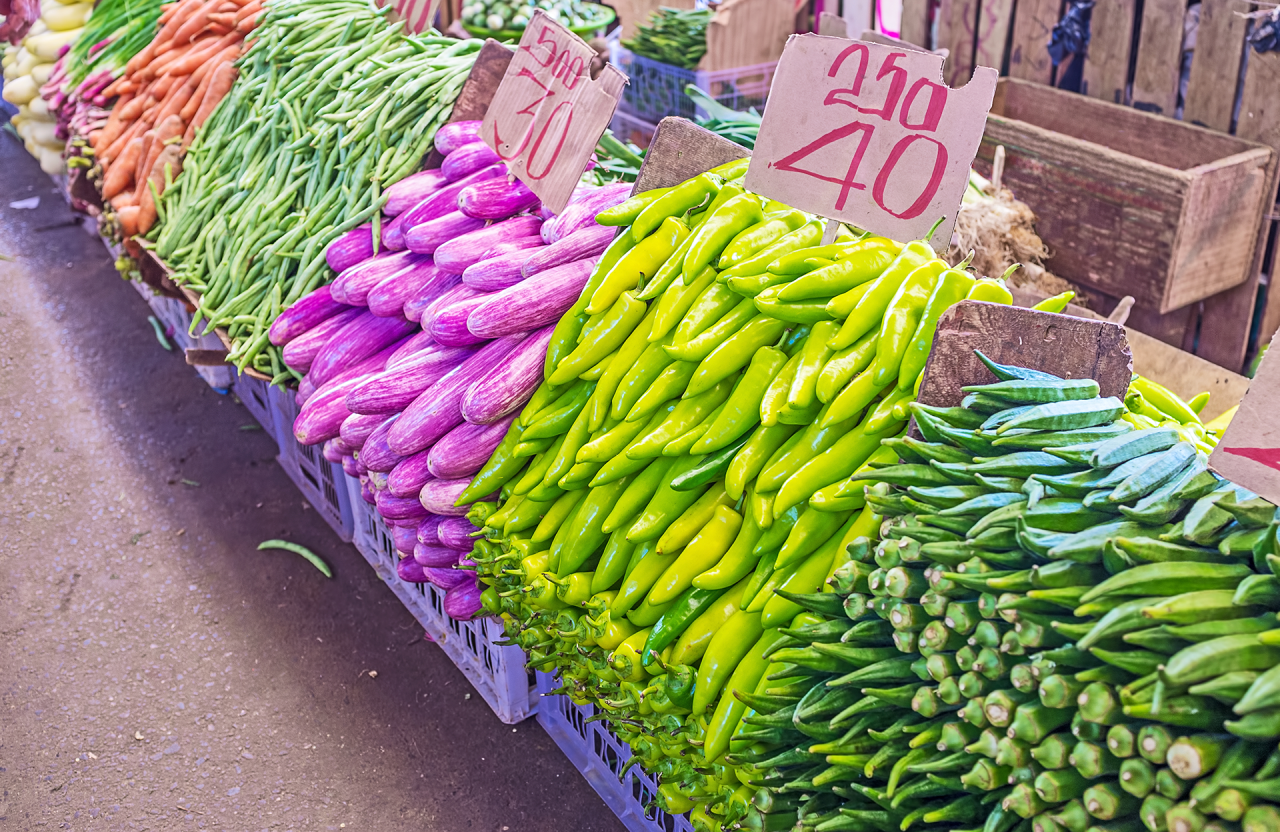
East of the fort is the Pettah: Colombo’s chaotic and colourful commercial district. A huge range of ethnicities and religions are represented here with Hindu temples, mosques, churches and other places of worship dotted around. Shops in the area are organized in a bazaar layout with each street dedicated to a particular trade. The Pettah’s open-air fresh market is a must-see for food lovers due to the amount of fresh produce and spices on offer.
If you visit one temple during your stay in Colombo, the Gangaramaya Temple is a short walk southeast from South Beira Lake and is one of Colombo’s most important Buddhist shrines. Boasting an unusual mix of minimalist and modern Indian architectural styles, the temple complex is made up of a group of buildings and even houses a library where piles of antique ola-leaf manuscripts are flanked by Buddha statues from abroad.
Day 3: Habarana
Habarana is a small, laid-back village approximately 180 km north-east of Colombo. Habarana itself doesn’t boast many attractions but it is a convenient base to explore the Cultural Triangle as it offers easy access to a number of unmissable sights.
The rock fortress of Sigiriya, ancient ruins of Anuradhapura and ancient city of Polonnaruwa are all must-see landmarks and deserve dedicating separate days to them where possible. While in Habarana, you may notice tour operators organizing elephant rides around the Habarana Lake. The sight of these beautiful animals trudging along in chains can be hard to witness, so do bare that in mind. The lake itself does offer a footpath, which makes for a nice afternoon or evening stroll.
Day 4: Anuradhapura
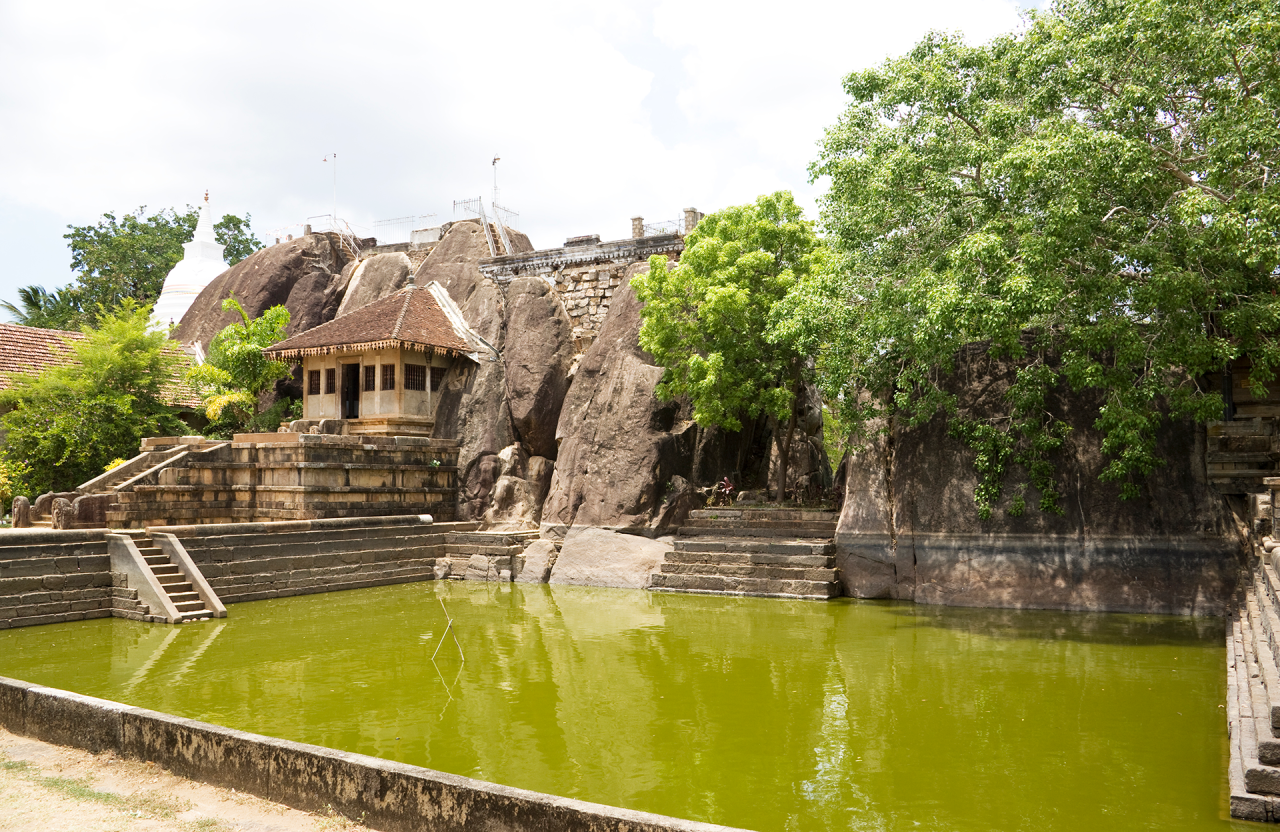
The sprawling ruins of Anuradhapura are an hour away from Habarana. Founded in the 4th century BC, Anuradhapura was one of Sri Lanka’s greatest centres of political and religious power. The ancient city is home to temples, immense dagobas, pools and ruined palaces, all of which hint at the splendour of the place at the height of its power during the 9th century AD.
Anuradhapura suffered repeated incursions from south India, but it was only after the Cholas occupied the city in the 10th century that it fell into decline. It was then reclaimed by the jungle and lay largely forgotten until the area was cleared in the 19th century.
The ruins are spread out over a large area, but the main points of interest lie in the centre close to the Sri Maha Bodhi Tree, east around the Jetavanarama Dagoba and north around the Abhayagiri Dagoba.
Day 5: Sigiriya and Polonnaruwa

The breathtaking Sigiriya Rock is a short drive from Habarana. Declared a UNESCO World Heritage Site in 1982, the ancient citadel of Sigiriya (Lion Rock) sits atop a colossal rock rising 200 m above the surrounding countryside. British archaeologists first discovered the ruins in the early 20th century, and excavations have continued here ever since. Although the colossal rock, with its frescoes, Mirror Wall and Lion Platform s the main attraction, there are also lovely grounds in which to wander.
Save plenty of time for the Sigiriya Museum, which has archaeological finds and other artifacts on display. It is possible to see the ruins of Polonnaruwa in the same day should you be keen to continue your historical adventure.

Polonnaruwa’s golden age was during the 12th century before it was finally abandoned in 1293 and consumed by the jungle. Excavation and restoration work began in the 20th century and, like Sigiriya, it was declared a UNESCO World Heritage Site in 1982.
Try to see Vatadage while here – possibly the most beautiful ruined building in Sri Lanka.
Day 6 and 7: Kandy
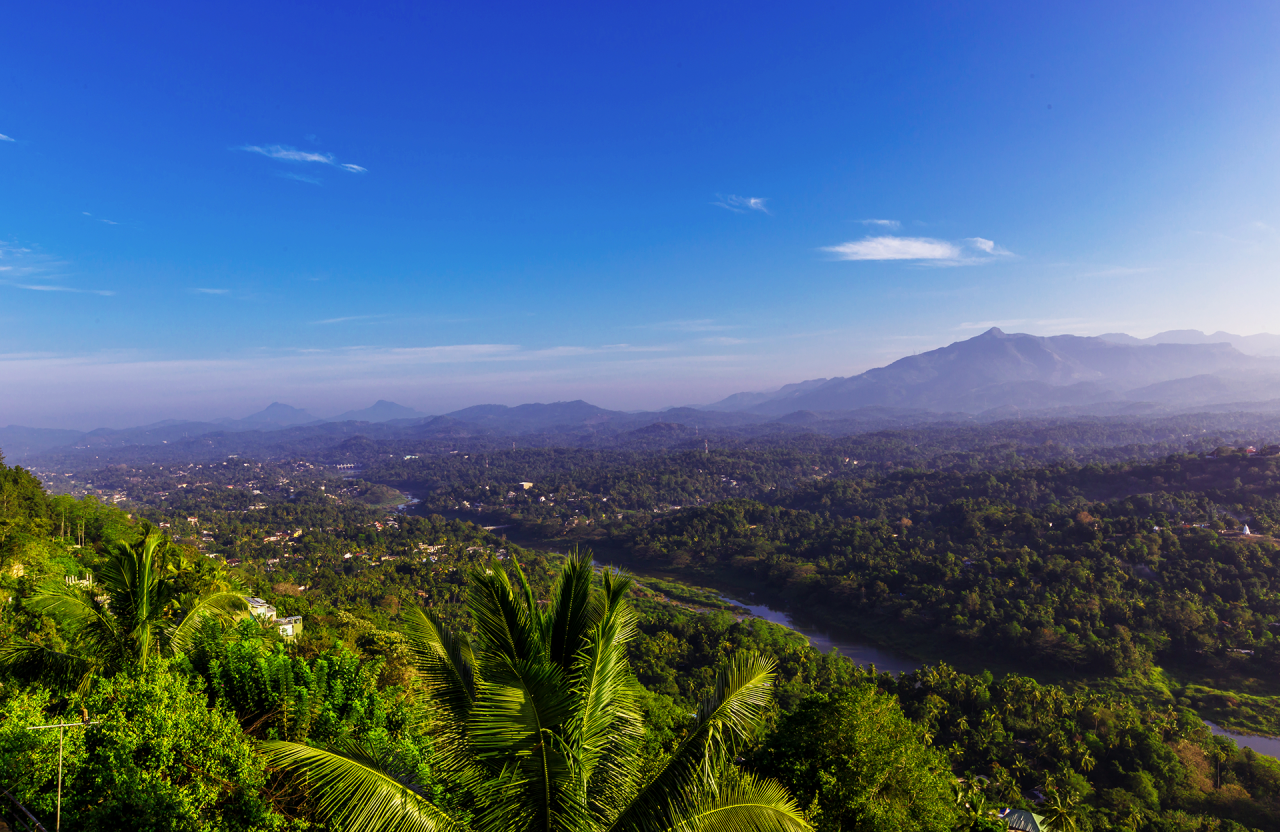
Kandy is a charming, culturally vibrant city with plenty of interesting temples, markets and museums. During your journey to reach Kandy, it’s possible to detour and see the Dambulla Cave Temples to admire the murals that decorate the interiors.
Once in Kandy, you’ll find that many of the town’s hotels are set in the surrounding hills making it a blissfully idyllic place to while away a few days. The Temple of the Tooth is one of Kandy’s most popular sites and is the most sacred Buddhist shrine in Sri Lanka as it houses the Buddha’s tooth.
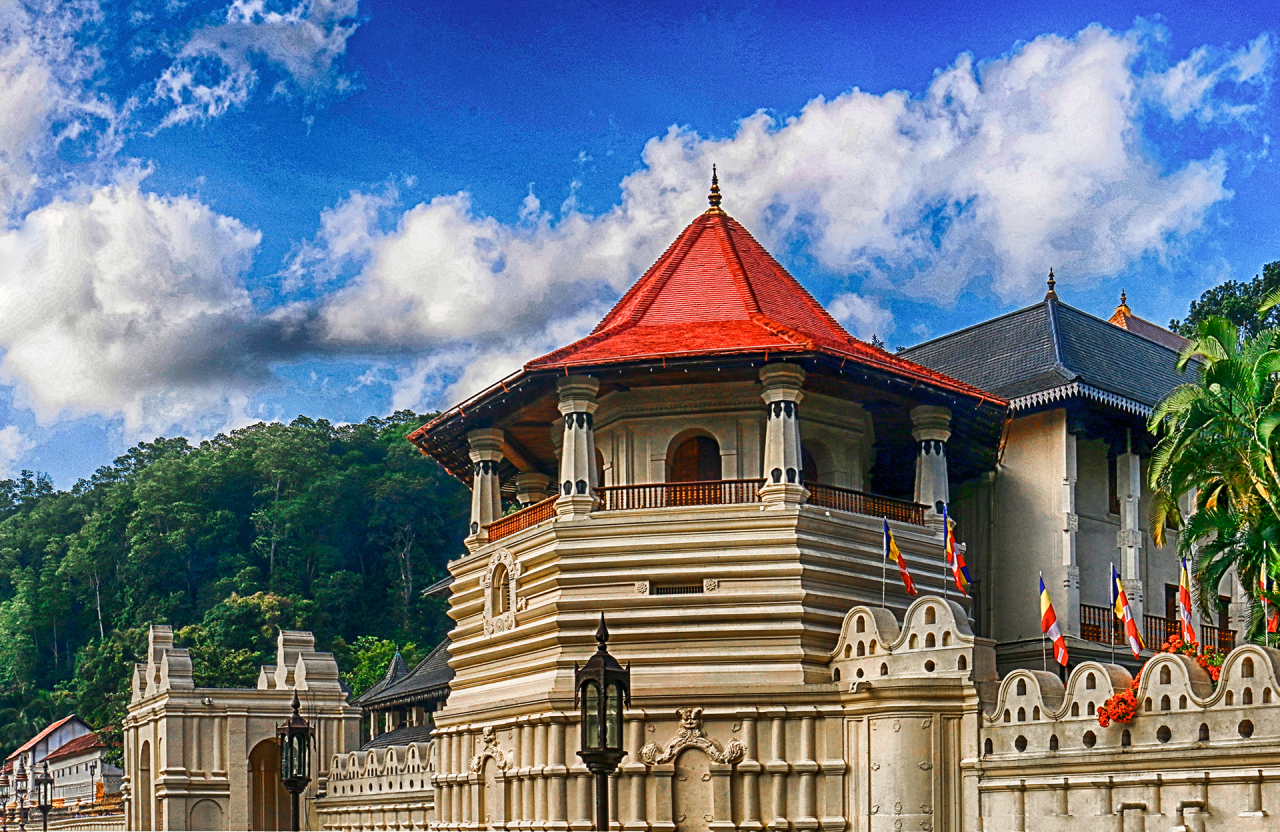
Built in the 16th century, the original temple stood at the heart of the Royal Palace complex but was plundered along with the palace when the Dutch attacked the city in 1765. The palace has been renovated and restored over time and is now a very popular attraction.
Many people stay in Kandy to make the on-going journey to Dalhousie to climb Adam’s Peak. The climb to the top of the mountain is traditionally made at night – most people set off at 2am and take about 4 hours to reach the peak to watch the break of dawn.
Day 8: Nuwara Eliya

Nuwara Eliya is fascinating to visit and can be reached by train and an on-going drive if travelling from Kandy.
Established by the British in the 19th century, Nuwara Eliya is often referred to as Sri Lanka’s ‘Little England’. It is a particularly busy place in April during the Sinhalese and Tamil New Year holidays, when Sri Lankans flock here in droves.
A festive atmosphere prevails during this period – many horse and motor racing events are organized and stalls line the streets – accommodation prices tend to be higher too.
Walking around is a good way to see a number of sights. Behind the Club House are the remains of a British Cemetery, where the infamous elephant hunter Major Thomas William Rogers is buried. Also in the town centre is the pink Colonial era post office with a conical clock tower.
Nearby, the charming Victoria Park offers some excellent bird-watching opportunities and a little further on, there is an interesting covered market on New Bazaar Street, where vendors sell a wealth of fruit and vegetables, as well as meat and fish.
Day 9: Horton Plains
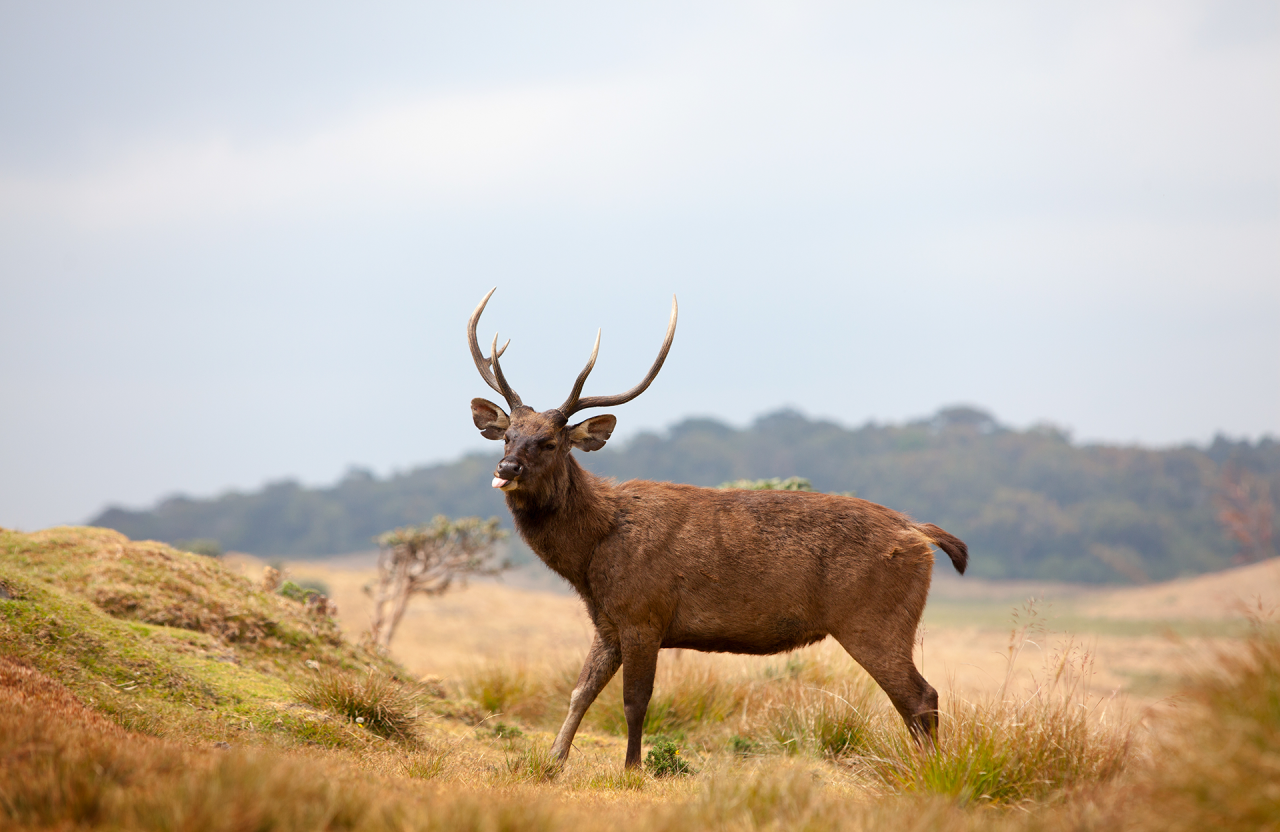
It would be a shame to visit Nuwara Eliya and not see the spectacular view from World’s End at Horton Plains National Park.
Set in the central highlands of Sri Lanka, Horton Plains is unlike any other place in the country and is often compared to the ScottishHighlands for its windswept landscape and cool wet climate.
You’ll discover a variety of mesmerizing waterfalls here (Baker’s Fall is spectacular and at its best after a spell of heavy rainfall) as well as rocky outcrops, dense cloud forests and a wide variety of wildlife and bird species.
Day 10: Uda Walawe
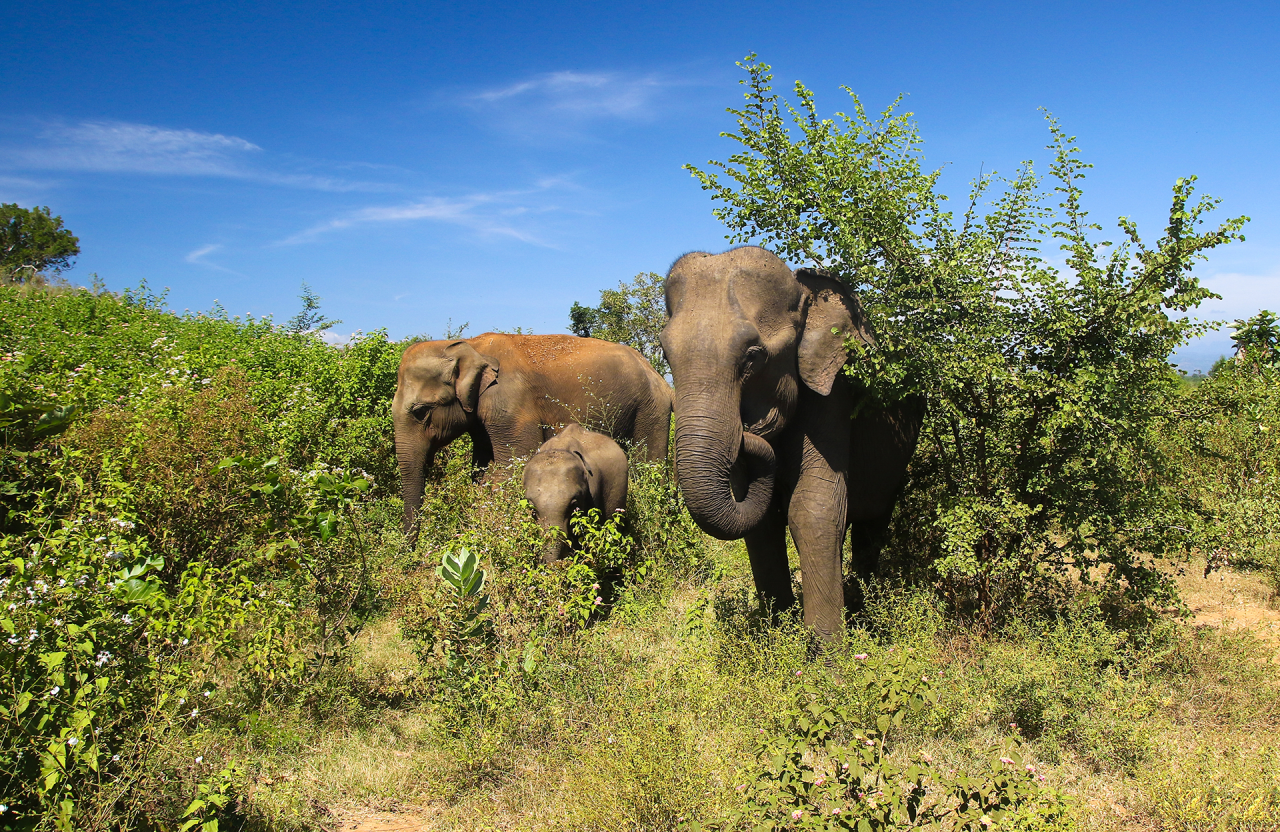
Uda Walawe is approximately 155 km south of Nuwara Eliya and is home to one of Sri Lanka’s most popular national parks.
Although the park harbours a variety of wildlife, ranging from water buffalo and sambar deer to the rarely sighted leopard and sloth bear, it is best known for its large resident population of elephants. Safari tours to see the elephants are available with the best time to sight herds being early in the morning or in the late afternoon.
Day 11: South Coast
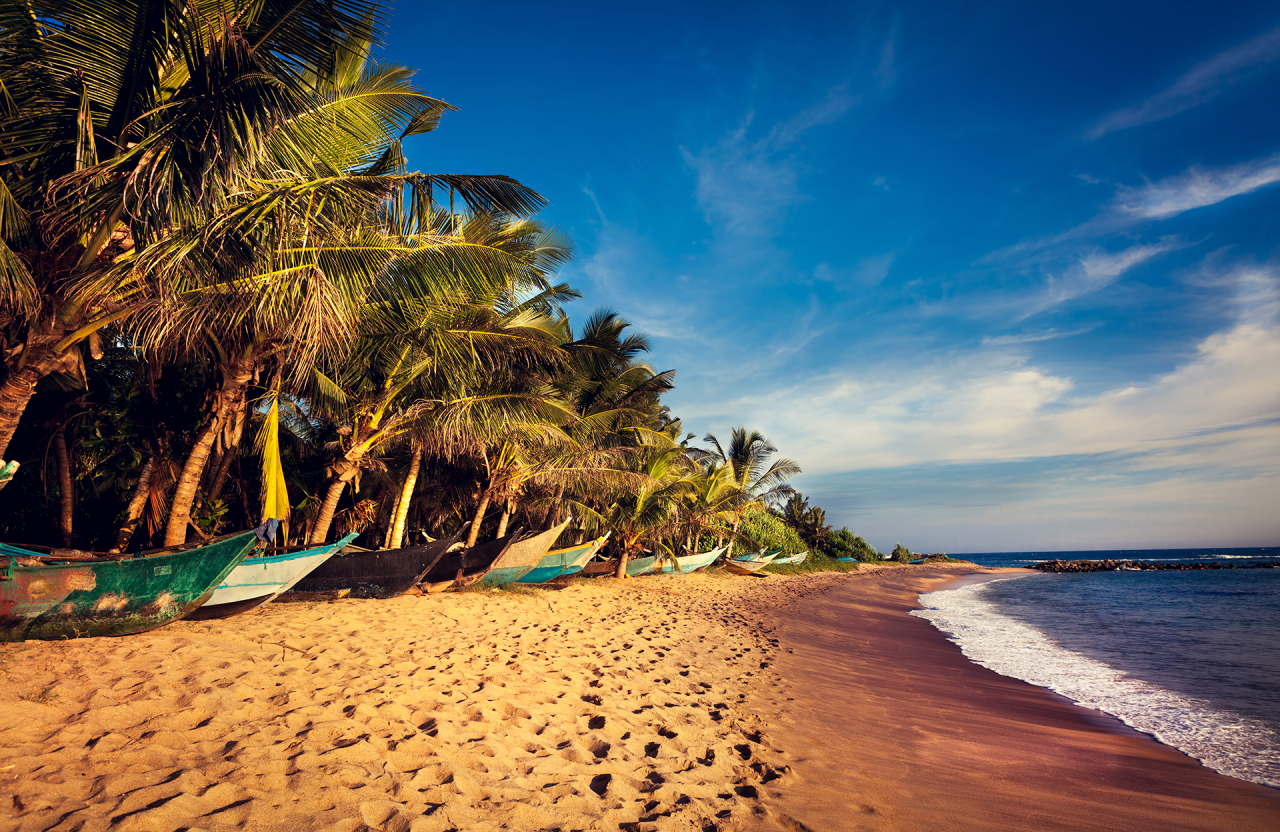
Sri Lanka’s southern coast is lined with spectacular beaches making it a must-visit spot for those who love to relax and unwind in the sun.
There are a number of towns that can act as a good base from which to explore the South Coast. The beaches around Tangalla have some lovely places to stay and offer excellent turtle-watching. Mirissa is a good starting point to embark on whale-watching trips, while laid-back Unawatuna is known for its party atmosphere, sheltered bay for swimming as well as diving and snorkelling opportunities.
Day 12: A day on the coast
Sit back on the sand, experience a whale-watching expedition, dig into platters of fresh seafood – the world is your oyster.
It’s also worth traveling inland from the coast to explore sights like the Martin Wickramasinghe Museum, just east of Unawatuna, which offers a glimpse of what life was like on the island up to a century ago.
Eastwards of here lies the area of Dickwella, a great place from which to visit the surrounding attractions including Wewurukannala Vihara (a colourful temple home to a high seated Buddha statue), Hoo-maniya Blowhole (listen to the sound it makes before spouting water skywards) and Mulgirigala (a monastic site comprising temples carved out of a huge rock outcrop).
Day 13: Galle
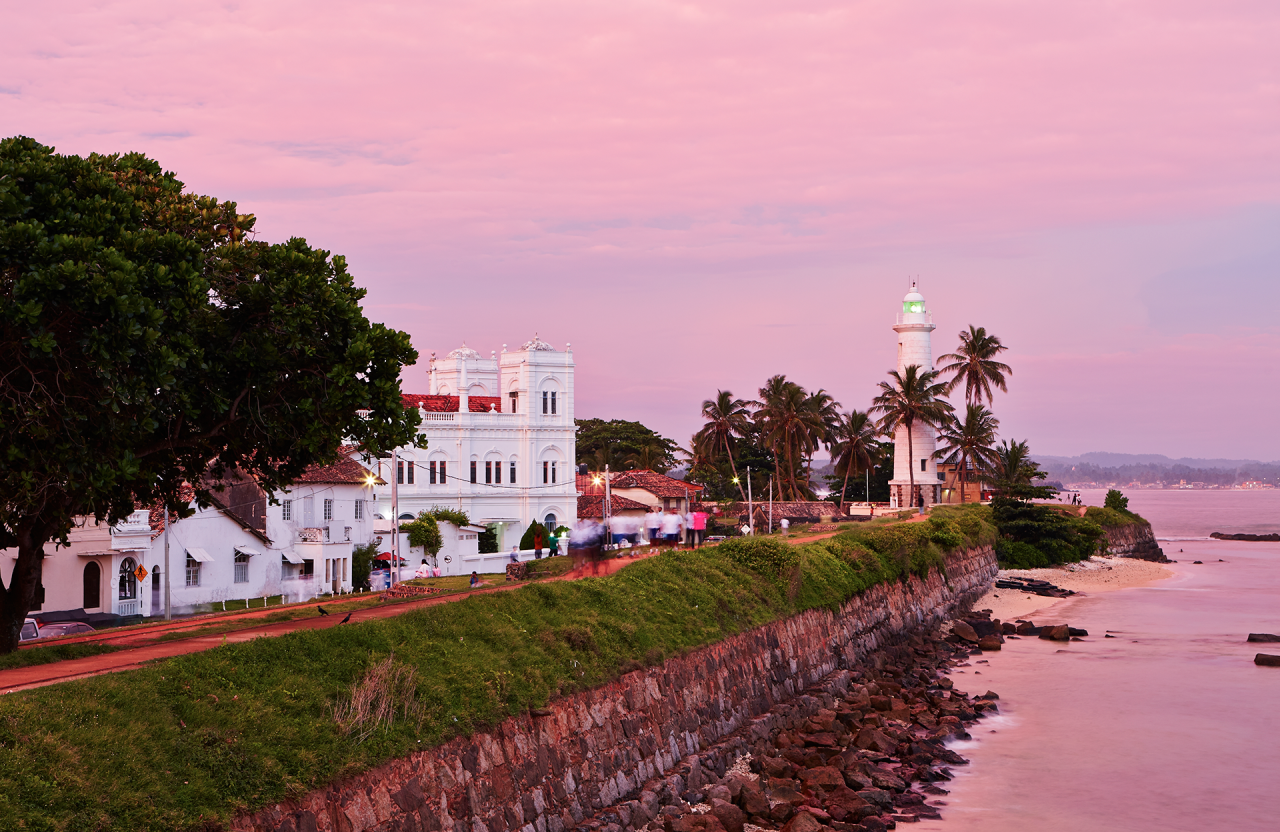
Travel along the coast to Galle, the most important town on the South Coast. Galle comprises the old Dutch quarter – enclosed within the famous fort – and a sprawling New Town located outside the Fort’s walls.
The Galle Fort offers excellent examples of Colonial architecture and is an atmospheric place to explore, with wonderful accommodation options and restaurants for travellers spending more time in the town.
Day 14: Galle to Colombo
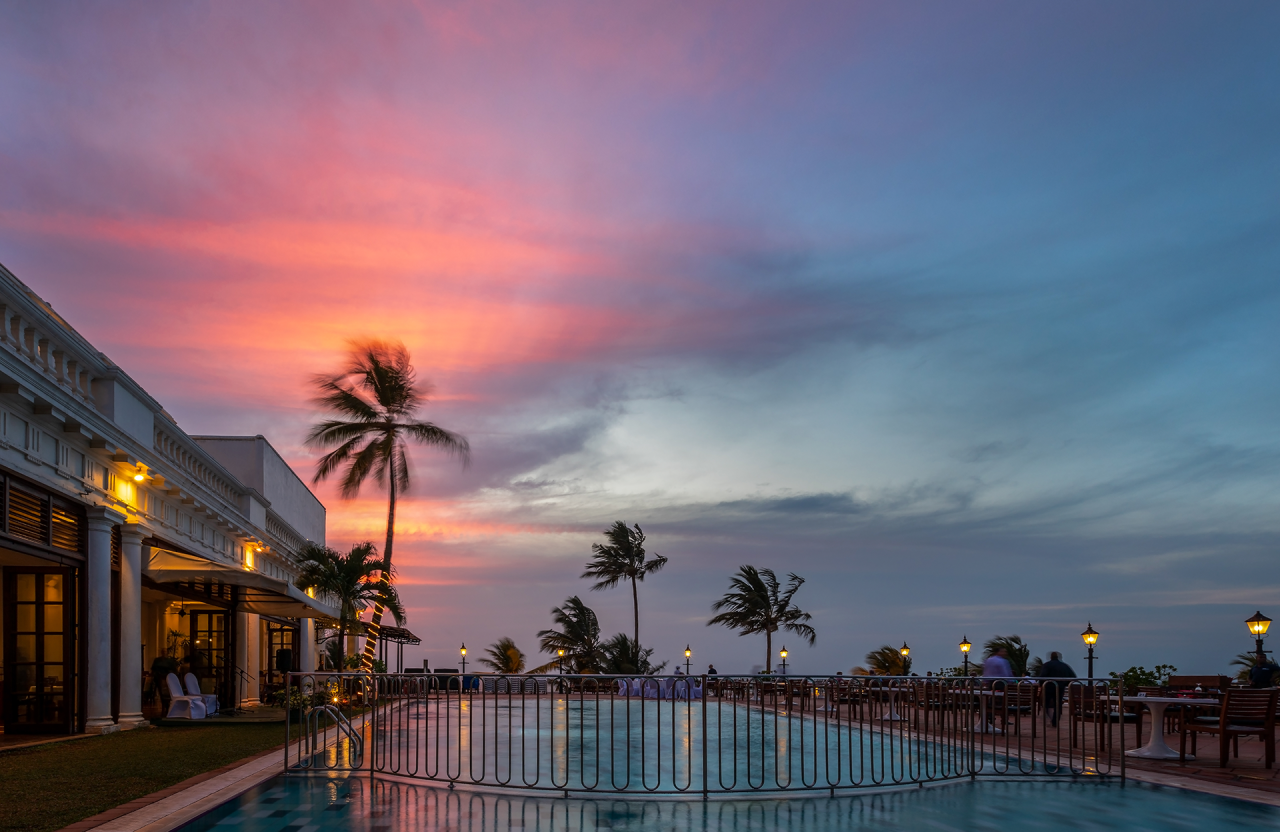
Choose to take the highway straight back to Colombo or opt for the slower route allowing you to meander inland from the coast. There are a plethora of attractions to visit during your return journey should you have time to spare.
The enchanting Brief Garden near Aluthgama has a stunning hilltop lookout and Japanese garden that attracts visitors from far and wide. Mount Lavinia, a beachside suburb of Colombo, is also home to the Mount Lavinia Hotel, which is one of the best examples of Colonial grandeur in Sri Lanka.
Read next
Why January is the best time to go to Costa Rica
As one of the world’s fastest growing travel destinations, Costa Rica really offers something different – from humpback whale spotting to spying on rare butterflies; forest-heavy national parks to mountain ranges; unique adventure experiences to lazy beaches. But when is the best time to go?
Why November is the best time to go to Seoul
With a population of over 25 million, Seoul is one of Asia’s most important cities, and home to one of the world’s largest metropolitan economies. However, there’s more to Seoul than meets the eye.



